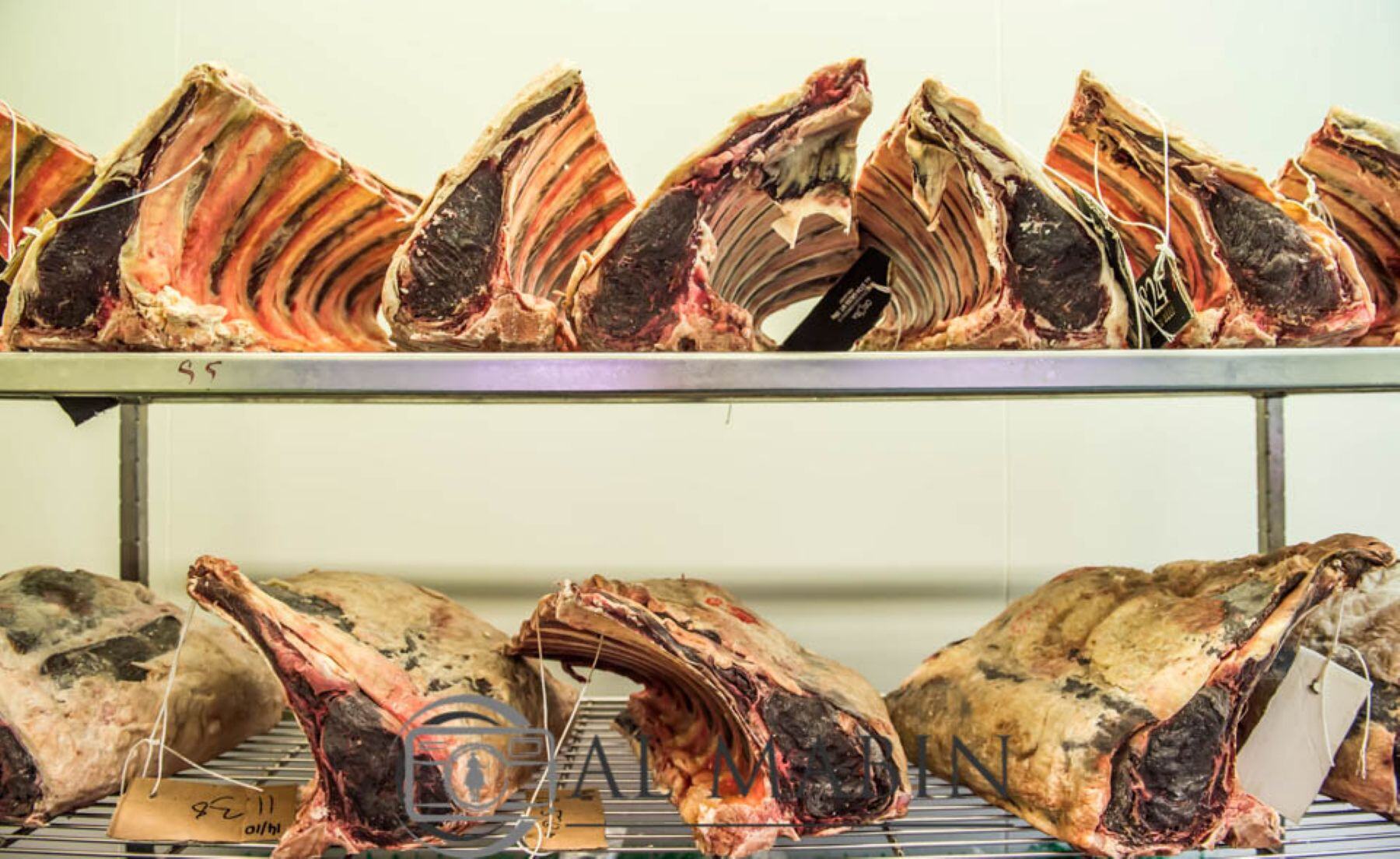The Australian Beef Market in 2025: An Absolute Cracker
In this column in July, the StoneX H2 2025 Australian Cattle & Beef Market Outlook’s bold calls were analysed and assessed for what the final 6...
2 min read
 Jamie-Lee Oldfield
:
Apr 16, 2025
Jamie-Lee Oldfield
:
Apr 16, 2025

The US has been dominating the Australian export beef market for the past two years, as our supply grew and theirs began to tighten.
They currently hold a 30% share, having imported more than 108,000 tonnes of Australian beef already this year, 60% more than the five-year average for the first quarter. The new 10% tariff Trump has landed on Aussie beef will shift the market dynamics in some way, but with our dollar so low and their demand for lean beef forecast to remain high as far out as the turn of the decade, that impact isn’t expected to be big.
What most pundits are anticipating will make bigger waves in the Australian beef market is how the retaliatory tariffs put on the US by other beef trading partners will influence the trade. Let us not forget that as well as being Australia’s biggest destination for red meat, the US is also the largest producer of beef in the world, and the third largest exporter of the product globally. And some of their top beef markets - Japan, South Korea, and China - are also ours.

In 2024, the US exported $1.58 billion worth of beef and beef products to China making it America’s second-largest agricultural product in that market. And while the US-China tariff tit-for-tat is changing every day, as this is written that particular beef trade now boasts a 125% tariff. Trump’s first term as US President had a similar outcome, with the trade dispute beginning in 2018 and eventually reaching the same level for US beef into China - 125% - by 2019.
That tariff essentially saw the beef trade between the two countries halt altogether and was one of the reasons China’s share of the Australian exported beef market grew to 24% in 2019 - well above its 10-year average of 16%. It saw a record volume of more than 300,000 tonnes of Australian beef sent to China, which is close to 100,000 tonnes more than the next highest volume year. Then, a new trade agreement between the US and China at the start of 2020 not only restarted their beef trade but boosted it to new highs, removing some of the restrictions that had limited the trade before the tariff dispute.
With Trump back in the White House and the trade battles back on, there is scope for Australia to once again fill the gap in the Chinese beef market. Supporting this is also the small herd size in the US currently, with the USDA forecasting their beef exports to decrease by 7% this year on the back of supply constraints - a prediction made prior to the tariff rollout.

Domestically, there are other similarities to 2019 which support increasing exports. Seasonally, 2019 was also well below average in terms of rainfall in southeast Australia. It was also the most recent historically high slaughter level, with more than 9 million head processed. This year is forecast to reach the highest number since then, at 8.94 million. Our relationship with China, having taken a turn for the worse in 2020 and resulting in trade restrictions on Australian meat processors that were only fully removed in December 2024, is also seemingly back on the level footing of 2019.
The situation in China, however, is vastly different than it was back in 2019. Due to an industry-crippling African Swine Fever (ASF) outbreak in 2018, China was then in the midst of a protein shortage, producing 21% less pork year-on-year in 2019. China’s economic growth has also slowed significantly since 2019 on the back of the COVID-19 pandemic, with 2024 GDP growth said to be the lowest in decades (excluding 2020 when Covid hit).
That said, the USDA expects China’s beef consumption to increase by 0.3% in 2025 and their domestic production to decline by about the same percent, which will in turn increase their beef imports to 3.825 billion tonnes. If reached, this would be a record figure, and Australia is one of the countries in the box seat to be able to supply it.
 Jamie-Lee Oldfield is a seasoned agri-media, communications professional and livestock market analyst who lives and works on a family-owned stud and commercial beef and sheep operation in Coolac, NSW.
Jamie-Lee Oldfield is a seasoned agri-media, communications professional and livestock market analyst who lives and works on a family-owned stud and commercial beef and sheep operation in Coolac, NSW.
.jpg)
In this column in July, the StoneX H2 2025 Australian Cattle & Beef Market Outlook’s bold calls were analysed and assessed for what the final 6...
.png)
Each December we save the last article of the year for a bit of a crystal ball gaze, as we try to bring together market fundamentals and work out...
.png)
Australia’s wool market posted another strong performance this week, with all micron categories attracting solid support across the three selling...